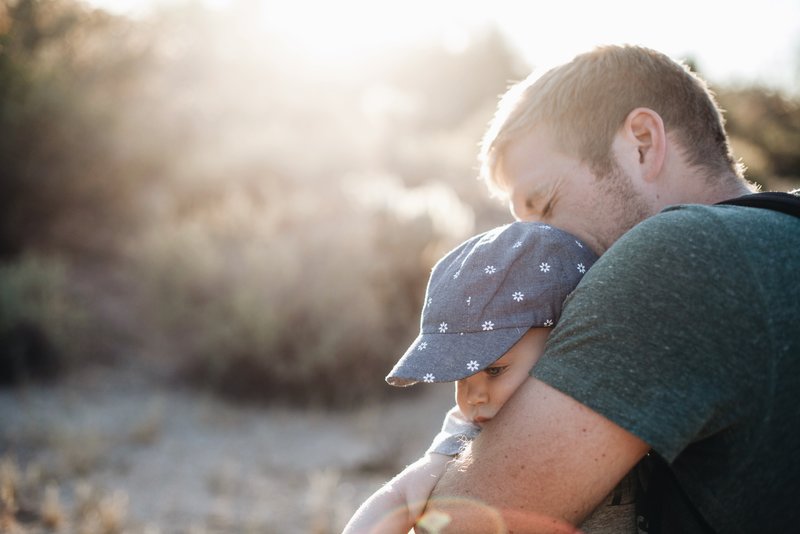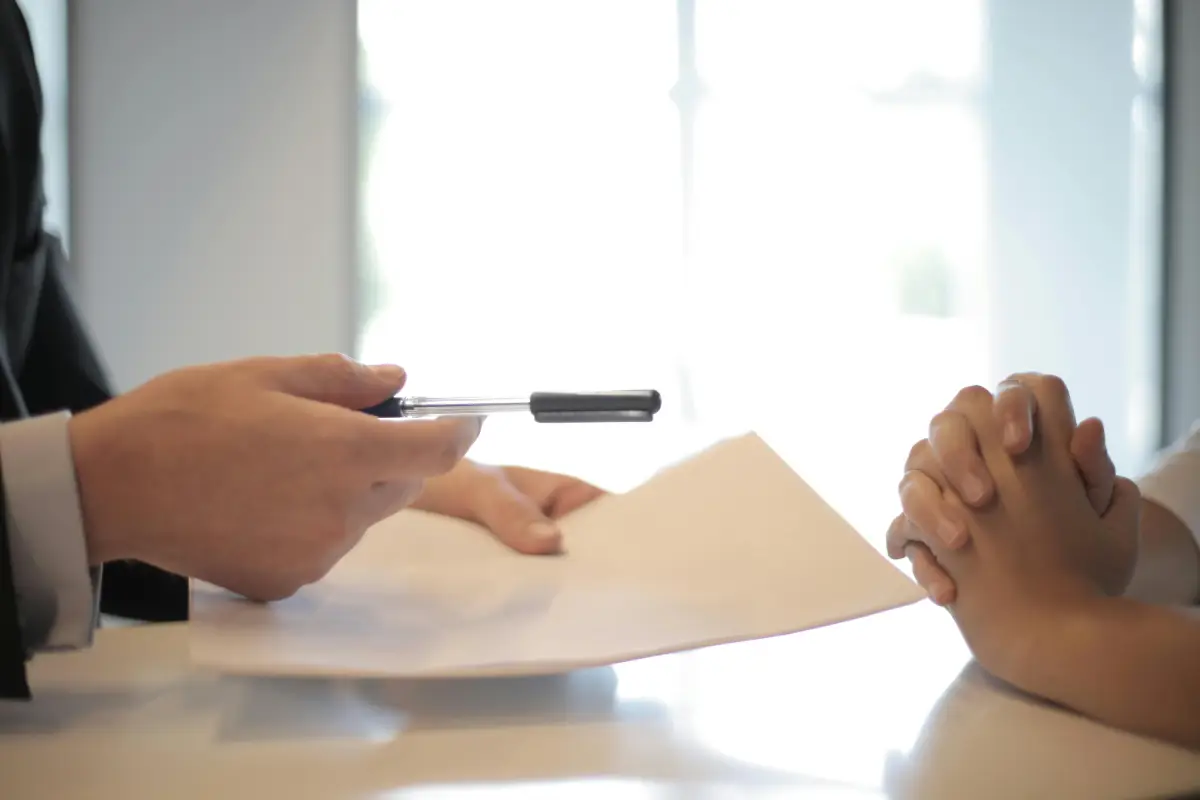
When Child Trust Funds (CTF) were introduced by the then Labour government in 2005, the intention was to encourage parents to start a savings plan with their child’s future in mind. Every parent who opened a CTF for a qualifying child born between 1st September 2002 and 2nd January 2011 received a starter lump sum of £250 to put into their tax-free account and then a further amount when the child reached the age of seven.
If you are a parent who took up the opportunity to open a Child Trust Fund for your child, we think it is important to give you an update on where yours and millions of other parents’ child trust fund plans might stand today.
What has happened to the Child Trust Fund?
Between their introduction in 2005 and 2011 a total of 6.3 million CTF’s were opened and it is estimated that today £4.8 billion is still held in these tax-free accounts (1). However in 2011 the new coalition government decided to close these plans to any new investments and replace the CTF with the Junior ISA, which allows parents to save up to £4,128 a year with no tax on the interest earned or on the final lump sum.
Although parents and relatives were allowed to add further savings into their child’s CTF, it is estimated that only 17% of the funds opened did actually receive investments other than the original government contribution and that the majority are in effect lying “dormant” to this day (2).
In view of the fact that no withdrawals can be made from CTF’s until the child reaches age 18, the first of the CTFs opened will begin to mature in 2020 and it is therefore important that if you do hold a CTF in your child’s name, you start to consider your options now in order to make the most of your investment.
What action you should take
If you did open a CTF for your child with a fund provider of your own choice, you need to make sure that your records with them are up to date. Have you moved house since, are you sure they have your correct address and details and do you know how to contact them yourself?
It may well be that you didn’t take any action when the CTFs were launched in terms of opening your plan with a specific provider , in which case the government will have done this for you. It is estimated that around 30% of all CTF’s opened were of this “Revenue Allocated” variety and it’s important that you do still have some record of who holds your CTF (3), even though it may be quite some years before your child qualifies for the lump sum when they reach age 18.
If you think you may have lost your records of your CTF provider, HM Revenue and Customs do provide an online facility which enables you to track down any lost CTF funds. You can contact them on: http://www.hmrc.gov.uk/tools/childtrustfundclaim/ctfaccount.htm
You can now transfer your CTF to a Junior Individual Savings Account (JISA)
Until recently parents with a CTF for their child were not allowed to switch the money in the fund to another child savings plan. However those rules have changed and you do now have the option to transfer your whole CTF account to a Junior ISA child savings plan, with the possibility of a wider choice of investment options and perhaps the potential to earn better returns than might have been available in the old CTF account (4).
You can opt to transfer the CTF into a simple cash Junior ISA or into a stocks and shares Junior ISA which can again offer the potential for higher returns if you view your child savings plan as a long term commitment until your child reaches age 18.
The total annual allowance for saving in a Junior ISA is £4,128 and it’s worth noting that any money you transfer over from a CTF will NOT count against this annual limit, giving you the opportunity to maximise your tax-efficient savings.
Online comparison website, Moneyfacts.co.uk, recommends the first thing to do is check the value of your CTF, along with any penalties for making transfers. It’s worth noting that some CTF providers, particularly investment versions, will levy charges on transfer, so it’s worth weighing up the options.
Once you’re ready to go ahead and you have found a Junior ISA provider that you want to transfer the funds to transferring the funds across is a relatively quick and easy process. Simply identify the provider offering the Junior ISA of your choice and give them details of your current CTF fund. They will contact your CTF provider for you and take care of all the paperwork. Although be cautious because not all providers will accept CTF transfers, so make sure to check (4).
It’s better to act sooner rather than later
With the potential for many thousands of CTF plans to mature around the same time in 2020, a high proportion of which may well be of limited value, it is possible that the administrative processes may involve a good deal of stress. Better to perhaps start looking into options and benefits of transferring your CTF to a Junior ISA sooner rather than later and to make the most of the tax-efficient savings these offer for your child.
Sources:
1. http://www.sjpinsights.co.uk/article/building-blocks
2/3. http://www.opal-uk.com/case-studies/client-case-studies/child-trust-fund-consultancy/
4. http://moneyfacts.co.uk/news/isas/the-time-has-come–transfer-savings-to-a-jisa/


